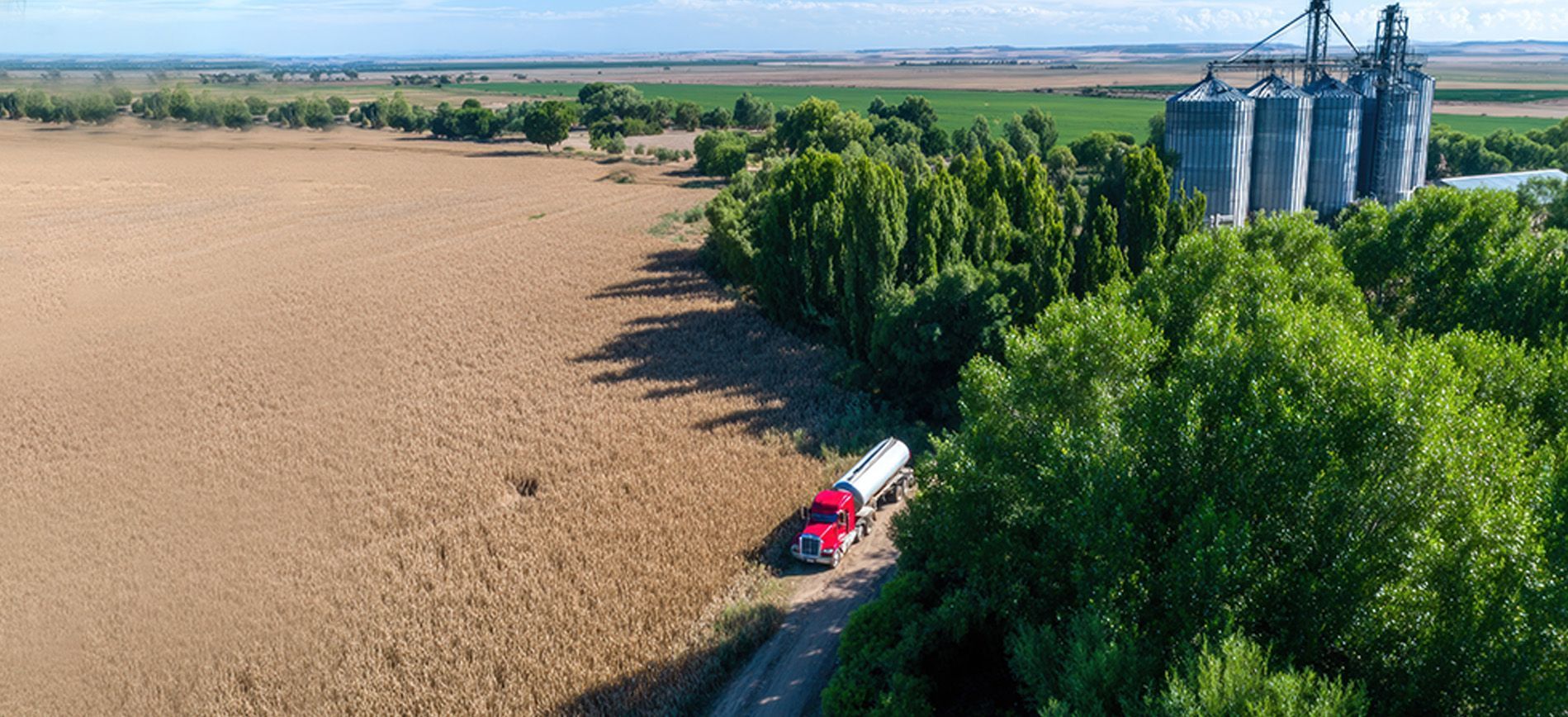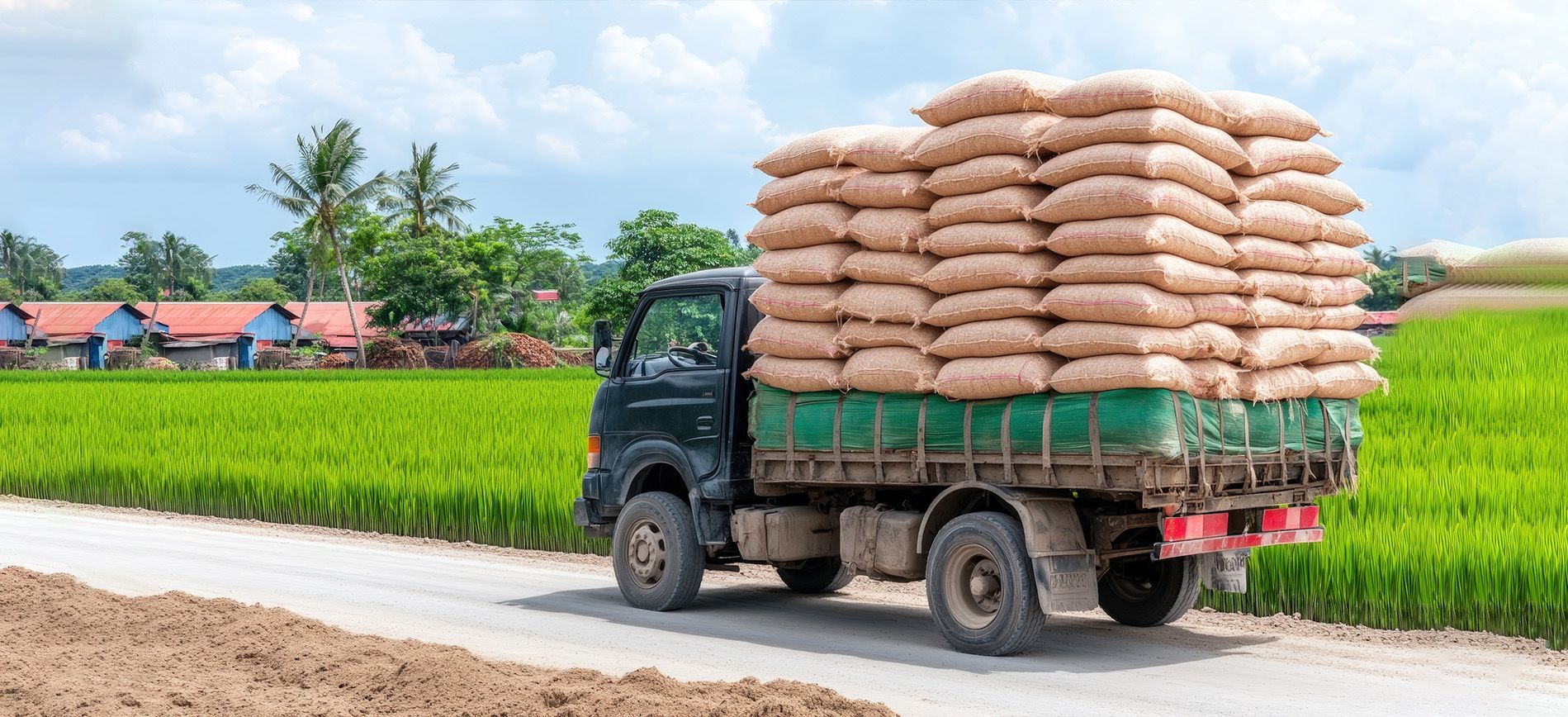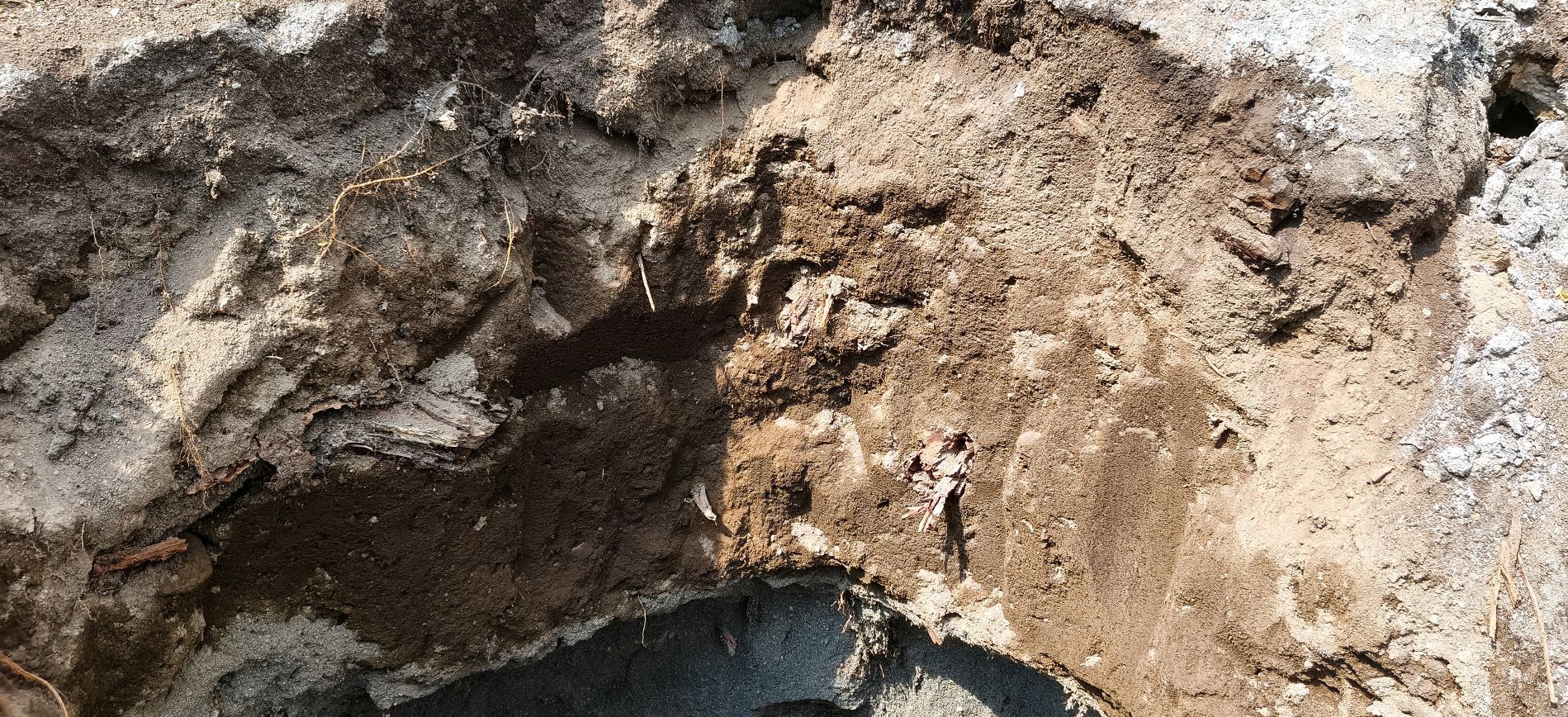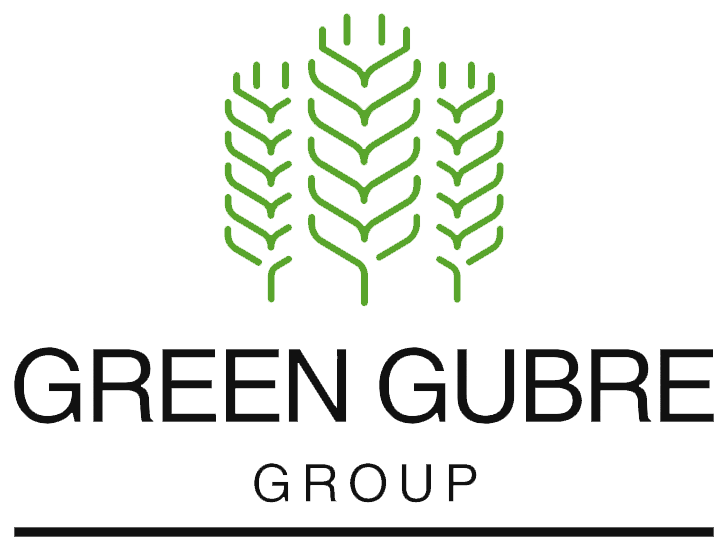Building a Sustainable Urea Supply Chain in Africa
Building a Sustainable Urea Supply Chain in Africa

As Africa continues to prioritize agricultural growth to meet food security goals, the demand for urea as a vital nitrogen fertilizer has soared. However, establishing a sustainable urea supply chain across the continent involves navigating logistical and infrastructural challenges. This blog delves into effective strategies for creating a reliable urea supply network, the unique demands of African agriculture, and the impact of an efficient supply chain on regional food security.
The Growing Demand for Urea in African Agriculture:
Africa’s agriculture sector relies heavily on nitrogen-rich fertilizers like urea to enhance soil fertility, support crop growth, and meet increasing food demands. Countries such as Nigeria, Ethiopia, and Kenya are ramping up fertilizer imports to support smallholder and commercial farmers alike. With African governments implementing policies to encourage fertilizer use, demand for urea is expected to grow significantly over the next decade. Establishing a sustainable supply chain that supports this demand is essential for achieving consistent yields and self-sufficiency in food production.
Key Challenges in the Urea Supply Chain:
Distribution challenges in Africa are largely due to infrastructure limitations, such as underdeveloped road networks and lack of storage facilities. Additionally, smallholder farmers—who constitute most of Africa’s agricultural workforce—often face challenges in accessing quality fertilizers at affordable prices. Addressing these hurdles requires significant investment in infrastructure, partnerships with local stakeholders, and exploring innovative distribution methods, such as mobile-based order platforms and localized storage centers.
Strategies for Building an Effective Urea Supply Network:
Partnering with local distributors and investing in transportation infrastructure are crucial steps toward an efficient urea supply chain. Building distribution hubs in strategic locations allows suppliers to reach remote areas while reducing transportation costs. Additionally, partnerships with local cooperatives and farmer associations can increase accessibility for smallholder farmers. Digital solutions, including mobile ordering systems, can also streamline the supply process, ensuring timely delivery and reducing costs.
Conclusion:
A robust urea supply chain has the potential to transform African agriculture, enabling farmers to increase yields and improve food security. Through strategic partnerships, infrastructure investment, and digital innovations, urea suppliers can create a sustainable network that supports Africa’s agricultural growth.




